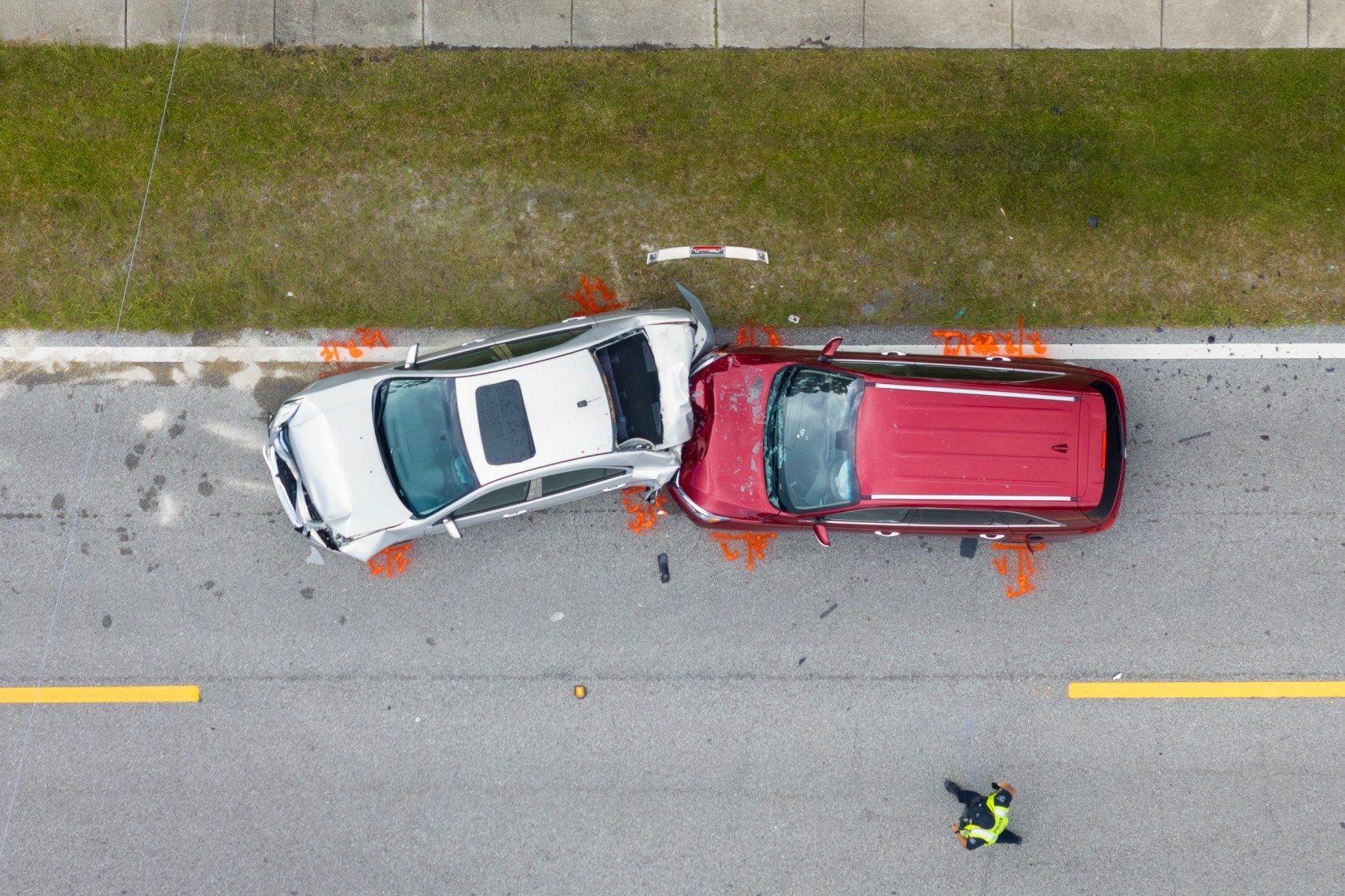California Accident Claims Traffic accidents can cause major legal and financial problems. No matter where…
What to Do After a Traffic Accident: Legal Basics – Guest Post

A traffic accident can leave anyone overwhelmed. The situation unfolds quickly, and the steps that follow matter. They influence safety, insurance outcomes, and potential legal claims. Understanding what to do and why each step is necessary helps protect your rights while reducing long-term complications.
The legal process isn’t just paperwork. It depends on accurate documentation, clear timelines, and compliance with state and insurance requirements. A structured response reduces disputes later, especially when injury claims or liability questions arise.
Ensure Safety and Secure the Scene
The first priority is immediate safety. Move vehicles out of traffic if possible. Turn on hazard lights. Check for injuries. If anyone is hurt, call emergency services without delay. Even minor impacts can cause hidden injuries such as concussions or internal strains.
Once safe, avoid leaving the scene. Leaving prematurely can lead to legal penalties in most states. Remaining onsite until information is exchanged is essential for accurate reporting. Police documentation strengthens any future claim, especially when liability is disputed.
Document the Incident Thoroughly
Accurate evidence makes legal claims easier to verify. Photos, videos, and on-scene notes preserve details that may fade later. Take wide shots of the vehicles, close-ups of damage, skid marks, and road conditions. Capture weather, lighting, and traffic flow.
Documentation should also include:
- Names, phone numbers, and addresses of all drivers
- License plate numbers
- Insurance details for each party
- Contact information for witnesses
- Badge number of the responding officer
If the other driver refuses to cooperate, record what you can without escalating tension. Police reports become even more important in those cases.
Seek Medical Evaluation Quickly
Accident injuries don’t always appear immediately. Adrenaline masks pain, and soft-tissue injuries develop gradually. A prompt medical evaluation creates a clear record of symptoms and protects your health.
Medical documentation is also critical for insurance claims. Without early records, insurers may argue that injuries came from another source. According to the National Highway Traffic Safety Administration, about 2.7 million people were injured in traffic crashes in 2022, demonstrating how common post-accident medical needs are.
Keep all medical receipts, treatment summaries, and follow-up records. These form the foundation for any injury-related compensation.
Notify Your Insurance Company
Timely notification prevents coverage disputes. Most insurers require reporting “within a reasonable time,” but delays can jeopardize compensation. Provide factual information only. Avoid statements that imply fault until you have all details.
Insurers may request recorded statements. You are not always required to give one immediately. If the situation is complex or you feel unsure, consider seeking legal advice before agreeing to a recorded interview.
Understand Liability and Fault
Liability depends on state laws, evidence, and insurance rules. Some states use at-fault systems, others use no-fault. In at-fault states, the responsible driver’s insurance pays for damages. In no-fault states, each driver’s insurer covers their own medical costs regardless of fault.
Accident reconstruction may involve:
- Police reports
- Skid-path analysis
- Vehicle black-box data
- Witness statements
- Road-condition assessments
The more complete your documentation, the easier it is to establish fault accurately.
When to Contact a Solicitor
Legal support can be important when injuries are serious or liability is disputed. A solicitor can manage communication with insurers, gather expert reports, and ensure deadlines are met. UK drivers involved in accidents abroad or dealing with international insurers may need specialized assistance from car accident solicitors London who understand cross-jurisdiction claims.
Solicitors also handle:
- Negotiating fair compensation
- Assessing long-term injury impacts
- Reviewing settlement offers
- Filing claims within statutory deadlines
Professional guidance prevents mistakes that could reduce compensation or delay resolution.
Essential Steps to Take After an Accident
To stay organized, follow a clear action plan:
- Move to safety and call emergency services if needed.
- Get medical attention, even for minor symptoms.
- Document the scene with photos, videos, and notes.
- Exchange information with all involved drivers.
- Gather witness statements when possible.
- File a police report and request a copy.
- Notify your insurance provider promptly.
- Keep all receipts, medical records, and repair estimates.
These steps preserve evidence and support a smooth claims process.
Handling Repairs and Compensation
Damage assessments involve insurers, adjusters, and repair shops. An independent repair estimate can help validate costs and prevent undervaluation. Keep track of rental-car expenses, towing charges, and any out-of-pocket payments. These may be recoverable depending on coverage and fault determination.
If injury is involved, compensation may include medical bills, lost wages, rehabilitation costs, and long-term disability impacts. Clear records increase accuracy during negotiations.
A traffic accident triggers a chain of legal and procedural requirements. Taking structured, timely action ensures your rights stay protected and reduces the risk of disputes as the claim progresses.

